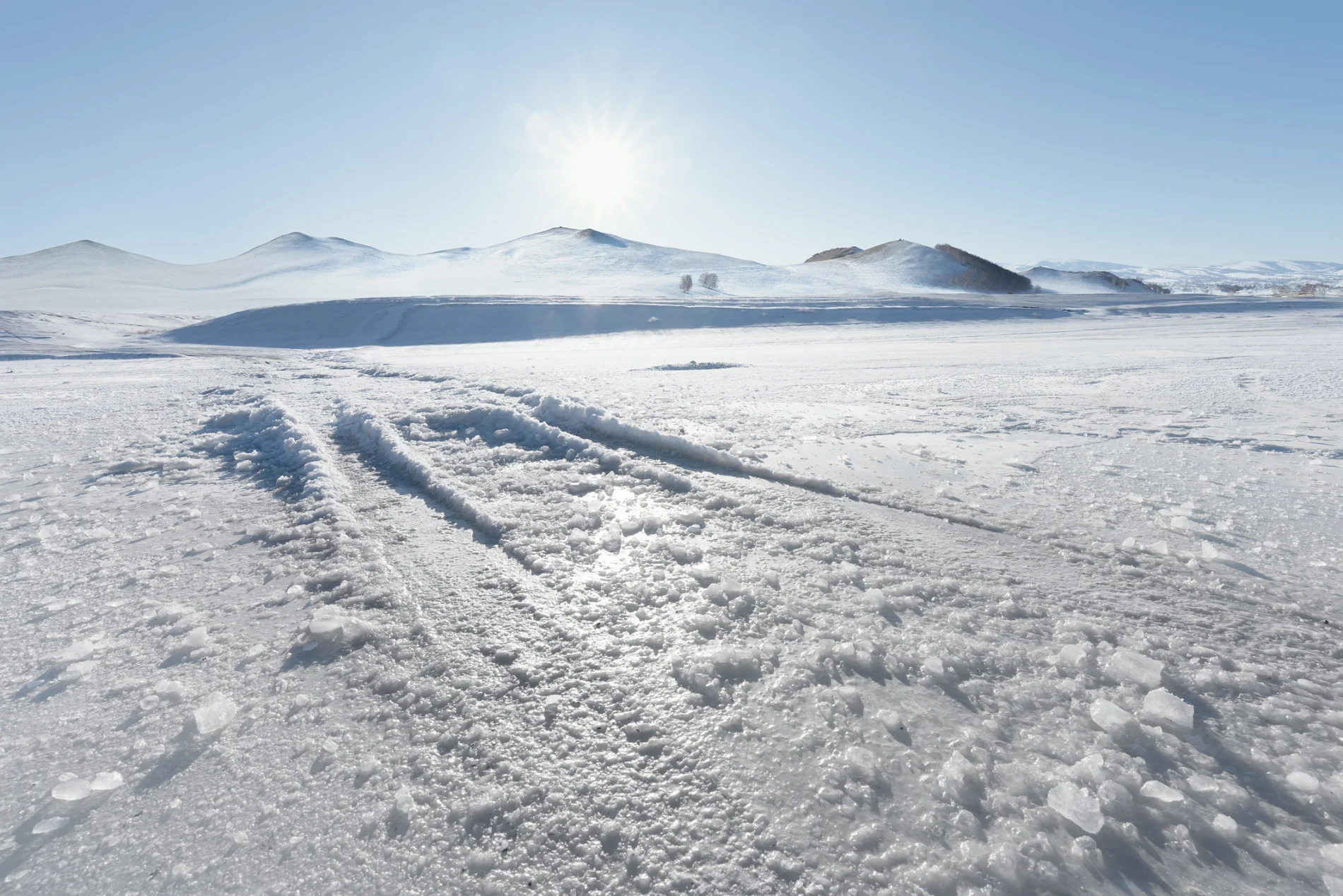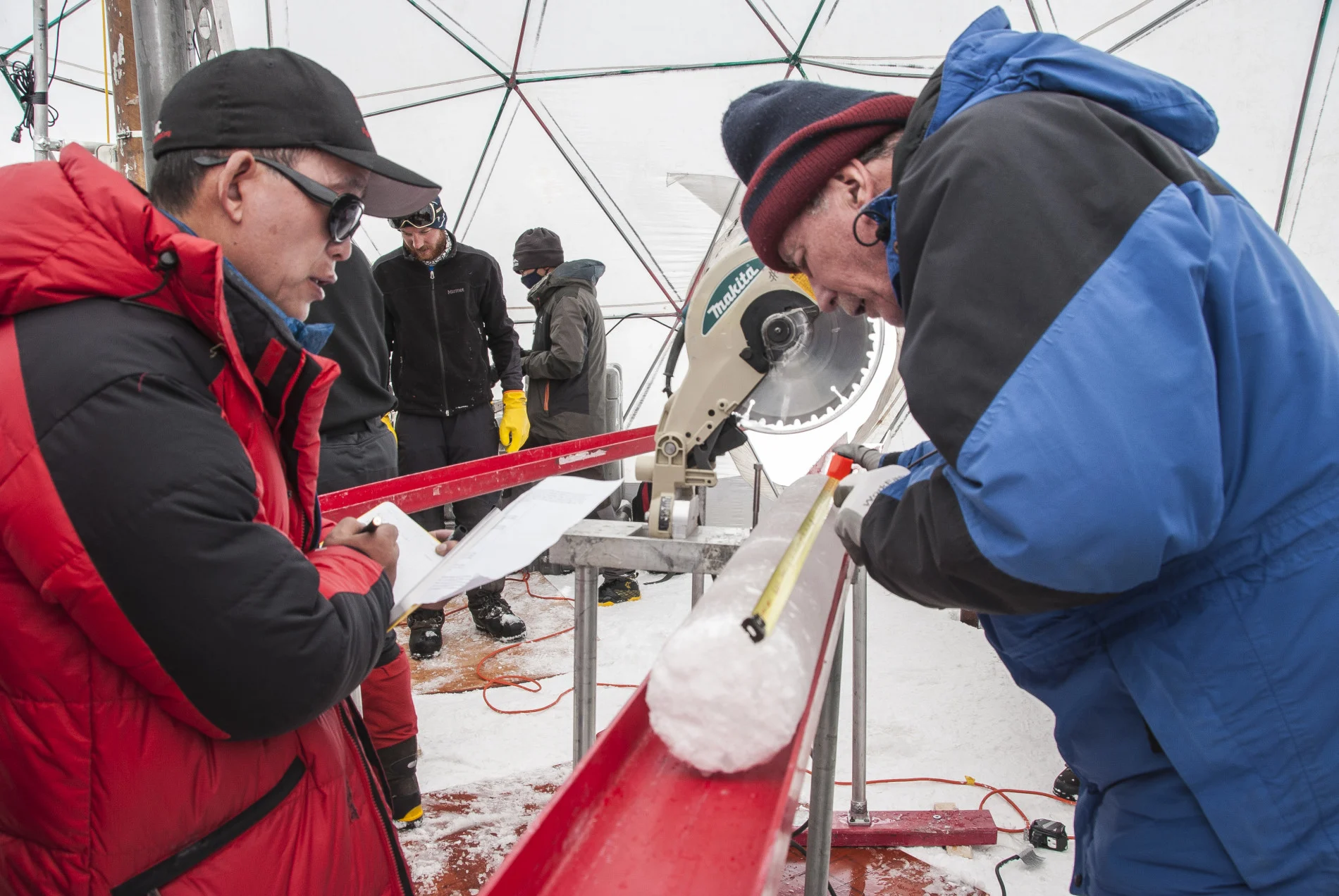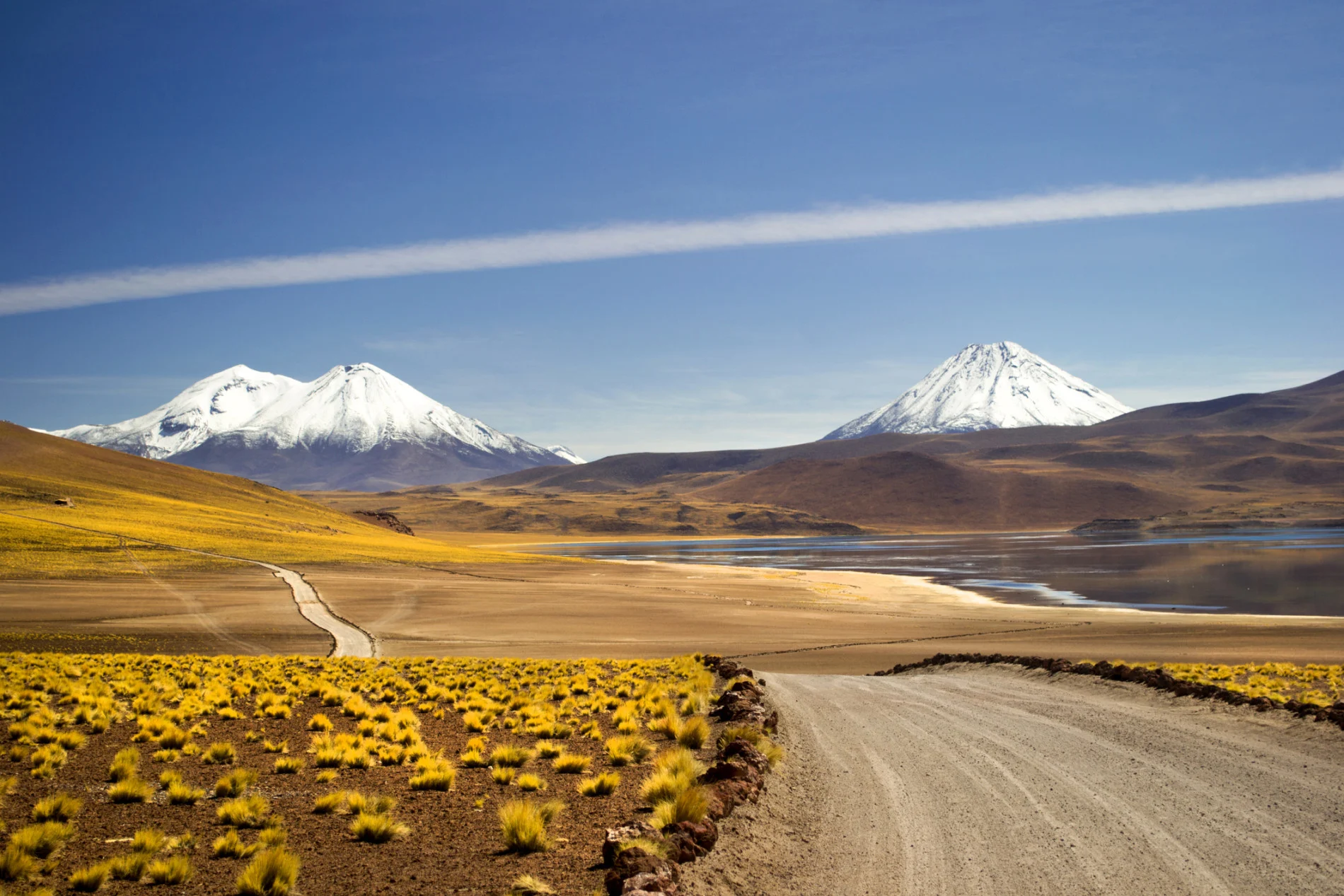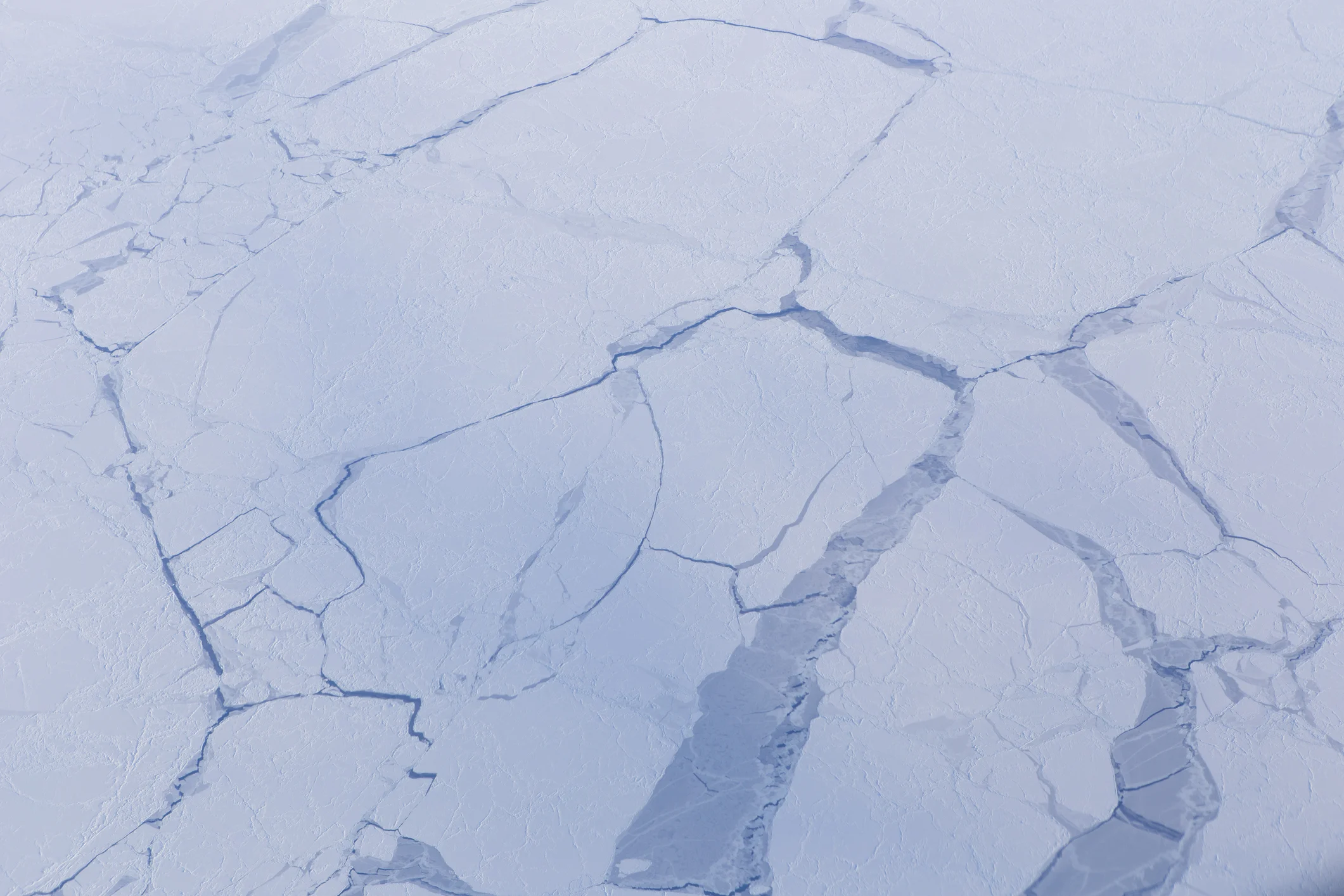
Dozens of unknown ancient viruses found in 15,000-year-old glacial ice
Scientists warn that glaciers are rapidly shrinking, mainly due to human-released greenhouse gas emissions, which could release ancient viruses and bacteria into the environment.
Glaciers in the northwestern Tibetan Plateau contain thousands of years of history, including carbon isotopes that are used to determine how old the ice is and ancient microbes that are frozen in time.
In 2015, researchers from Ohio State University climbed to an altitude of nearly 7,000 metres and extracted two ice cores from the Guliya ice cap in western China. Their study, published in Microbiome, reveals that researchers discovered 33 viruses within the 15,000-year-old ice cores, with at least 28 being completely new to science and have never been seen before.
None of the 33 viruses have been found in common environments that cover most of the planet, including global oceans, Arctic sea ice, soils, lakes, deserts, in the air, or in the Greenland Ice Sheet. The study notes this could be due to the fact that these viruses were frozen thousands of years ago in a landscape that has significantly evolved over time.

Yao Tandong, left, and Lonnie Thompson, right, process an ice core drilled from the Guliya Ice Cap in the Tibetan Plateau in 2015. The ice held viruses that are nearly 15,000 years old, a new study has found. (The Ohio State University)
The study says that the viruses identified “potentially represent the microbes in the atmosphere at the time of their deposition” and they likely originated in soil or plants as opposed to humans or animals.
Interestingly, the amount of unknown viruses found in the glaciers is higher than the amounts discovered in other environments. “These taxonomic results indicate that glacier ice has a diversity of unique viruses, consistent with, but much higher than other environmental studies in oceans (52 per cent unique genera) and soils (61 per cent unique genera),” the study states.
The researchers say that learning more about the genes in these viruses will help scientists search for similar genetic sequences in other extremely cold environments, such as Mars, the moon, and the Atacama Desert in South America, which is the driest nonpolar desert on Earth and has been used as a site for Mars expedition simulations.

On the way to Lake Miscanti in the Atacama dessert, Chile. (Jos Driessen. 500px. Getty Images)
“We know very little about viruses and microbes in these extreme environments, and what is actually there,” Lonnie Thompson, senior author of the study and professor at Ohio State, said in the university’s press release.
“The documentation and understanding of that is extremely important: How do bacteria and viruses respond to climate change? What happens when we go from an ice age to a warm period like we’re in now?”

Aerial view of ice sheets over the Arctic landscape. (zxvisual. iStock / Getty Images Plus)
Thompson also states that there are only a couple of published studies that investigate viruses in ancient glacial ice, but says it is a body of research that is expanding as climate change intensifies.
“Unfortunately, glaciers around the world, including those from Tibetan Plateau and Himalaya, are rapidly shrinking, primarily due to the anthropogenic-enhanced warming of Earth’s ocean-atmosphere system. Such melting will not only lead to the loss of those ancient, archived microbes and viruses but also release them to the environment in the future,” the study warns.
Thumbnail credit: Xuanyu Han. Moment. Getty Images












